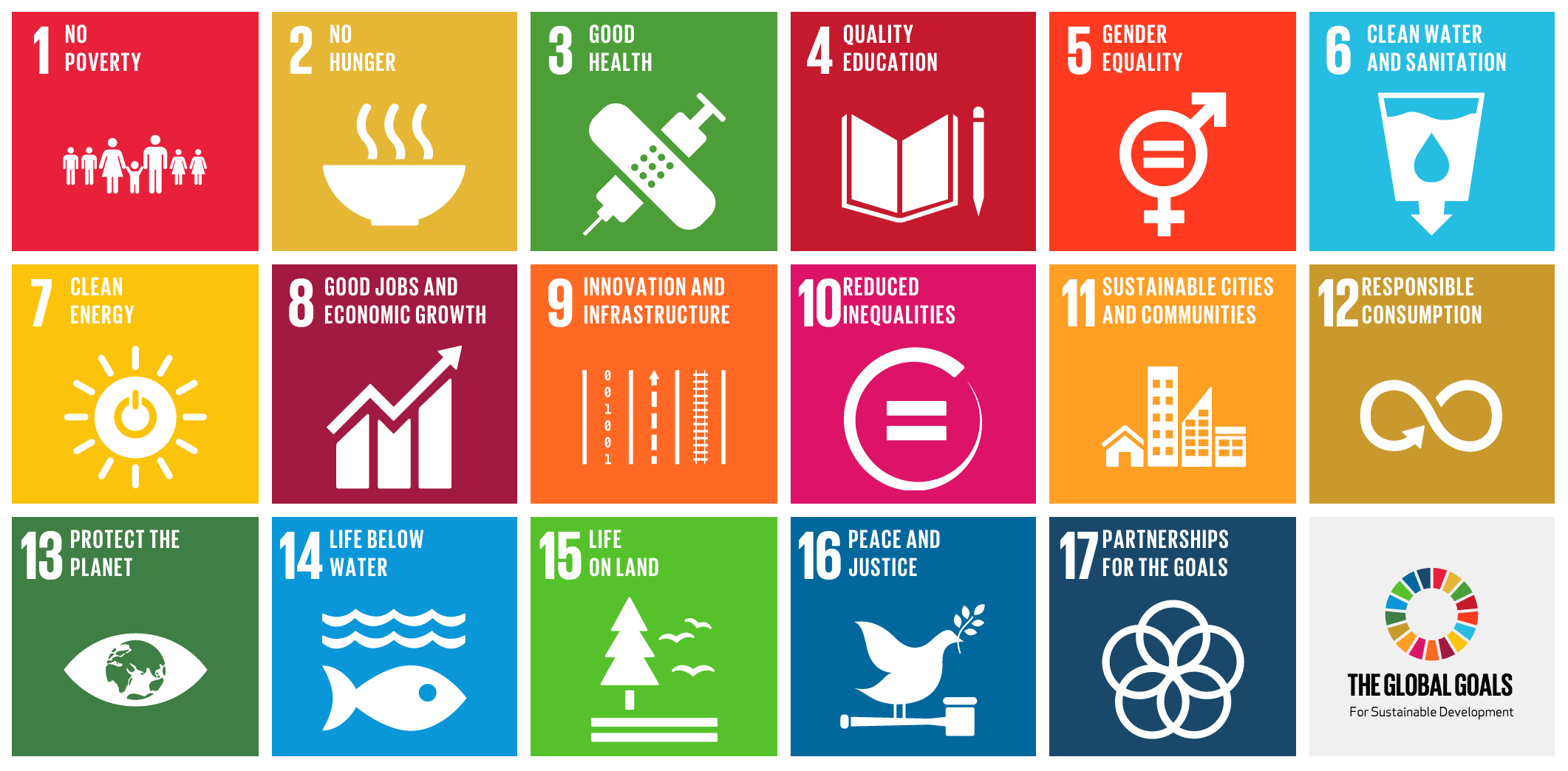Here’s the latest trillion dollar question: How to finance the new Sustainable Development Goals adopted by the United Nations on Friday?
The new set of 17 goals for 2030, known as the SDGs, build on the Millennium Development Goals, or MDGs, that were adopted in 2000 and ran through this year. The 169 specific targets cover a wide range of issues from poverty and hunger to gender equality, human rights, climate change and energy.
It’s an ambitious agenda and requires an extensive economic transformation by 2030.
The investment required is estimated at more than $4 trillion annually. Current investment in SDG-related areas leaves an annual financing gap of about $3.1 trillion. With official development assistance, so-called foreign aid, peaking at only $135 billion in 2013, how do we meet this financing challenge?
The good news is global capital markets, valued at an estimated $218 trillion, present more than enough capital to cover the SDG funding shortfall. And sustainable development offers many exciting opportunities for private, public and philanthropic sectors to work together to reach mutually beneficial solutions.
[blockquote author=”WEF/OECD” pull=”pullleft”]Blended Finance: the strategic use of development finance and philanthropic funds to mobilize private capital flows to emerging and frontier markets.[/blockquote]
Emerging and frontier economies hold significant promise for private investors and corporations who are seeking to diversify their portfolios and enter new high growth markets. Yet, many private actors remain on the sidelines largely because they see returns in developing countries as not commensurate with the high levels of risk (real or perceived). Public and philanthropic funders can use their resources to shift the risk-return profile of investee projects or companies to create favorable conditions for private sector to get engaged.
Such blending of public, philanthropic and private resources can in turn significantly scale investment into areas critical for sustainable development, including infrastructure, climate change solutions, agriculture, healthcare and financial services.
Discussions at the recent U.N. Conference on Financing for Development in Addis Ababa, Ethiopia underlined the need for innovative financing solutions to meet the needs of the SDGs. Blended Finance can be one such model.
“Blended Finance Vol. 1: A Primer for Development Finance and Philanthropic Funders” – a report released by the World Economic Forum and OECD at the conference – explains the concept of Blended Finance and offers practical insights and case studies showing how public and philanthropic actors can use Blended Finance strategies to scale their development impact.
The Primer defines Blended Finance as the strategic use of development finance and philanthropic funds to mobilize private capital flows to emerging and frontier markets. Blended Finance strategies are aimed at mitigating risks and/or enhancing returns to ensure the risk return profile of investees is in line with investor requirements.
Based on existing best practice, the report outlines eight mechanisms (see table below) – five Direct Funding Mechanisms and three Supporting Mechanisms – that have been used by public and philanthropic actors to engage private sector at different stages of maturity of an investee project or company. The five Direct Funding Mechanisms – Preparing, Pioneering, Facilitating, Anchoring and Transitioning – are applied to address specific funding gaps at different stages of an investee life cycle.
Supporting Mechanisms – Technical Assistance, Risk Underwriting and Market Incentives – are traditional tools used by public and philanthropic actors across the lifecycle to mitigate risks and reduce transaction costs.
The existence of many facilities that can serve as examples for the eight Blended Finance mechanisms underscores the fact that Blended Finance is becoming a recognized best practice to mobilize commercial capital for development. The Primer cites a study of 74 pooled funds, accounting for a total of more than $25 billion, of which a significant portion is private capital. And this is a conservative estimate.
That said, there is still much to do for Blended Finance to become a mainstream financing approach. The authors of the Primer call on public and philanthropic actors to take action in several key areas: agree on common language, increase analytics and transparency, define clear mandates and strategies to engage private sector, build partnerships and unified platforms and align on the definition of impact.
These are big items but given the urgency and growing interest among the development funders, work is already underway to address many of these obstacles.
For more information on Blended Finance and case studies of existing facilities, see “Blended Finance Vol. 1: A Primer for Development Finance and Philanthropic Funders.”













